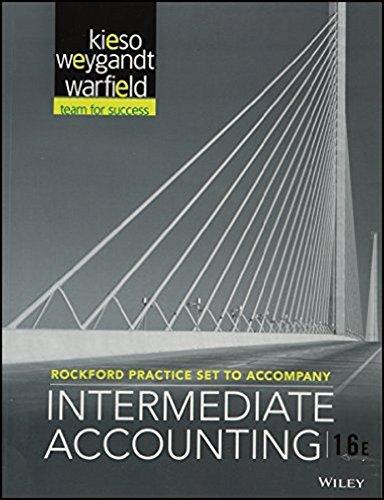1. Marie works for an Alberta corporation, is paid weekly, and is provided with a company- leased automobile. Given the following details, calculate Marie's total estimated automobile taxable benefit for 2019. Marie took possession of the automobile on her date of hire, April 17, 2019 and has asked that the company use the optional method of calculating her operating cost taxable benefit, and also to use the reduced standby benefit, if either will reduce her benefit amount. (present the regular and reduced/optional standby and operating benefits, as well as the total benefit amount: each item is worth 2 marks) Monthly lease cost of the automobile: $560 GST on lease (5%): $28 # 30 day periods available (whole number) 9 Total kilometers driven: 28,530 Personal kilometers driven: 13,200 Employee reimbursement: $ 0.00 1. Standby Benefit: 2. Reduced Standby Benefit: 3. Operating Benefit: 4. Optional (reduced) Operating Benefit: 5. Total Automobile Benefit:Calculate the Gross Earnings, GPI'TI, GIE, and NT I for the following employee: 2. Sue is a manager for Central Refrigerator Supply in Alberta. She eams $74,320 annually and is paid monthly. Central Refrigerator Supply provides the following benets every pay period: - group term life insurance of 2.5 times her annual salary (the premium rate is $.60 per $1 ,000 per We); the company pays the entire premium, and - a company-owned automobile (the company estimates her pay period benet based on last year's total annual taxable benet of $5,210.00) Sue submitted a receipt for reimbursement of $230 for a pair of steel-toe work boots required to carry out her employment duties. This amount will be paid as part of her paycheque. She was required to stay late to nish some rush jobs 2 evenings this past week. Wendy worked 14 hours on Tuesday and 12 hours on Wednesday. She received an overtime meal allowance of $15 for each of those days. She was not paid extra for the overtime, as she is a salaried employee. During the current pay period only, Sue also enjoyed the following: a one-time cash payment of $350 to cover a refrigerator repair course taken at the local community college. She paid for the course then applied for reimbursement, through the payroll dept, after passing the course. This amount was paid as part of her paym. Sue also pays into the company group RRSP - she contributes $500 per pay period








